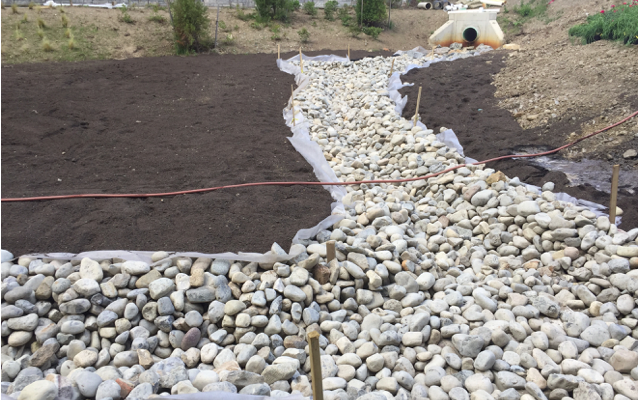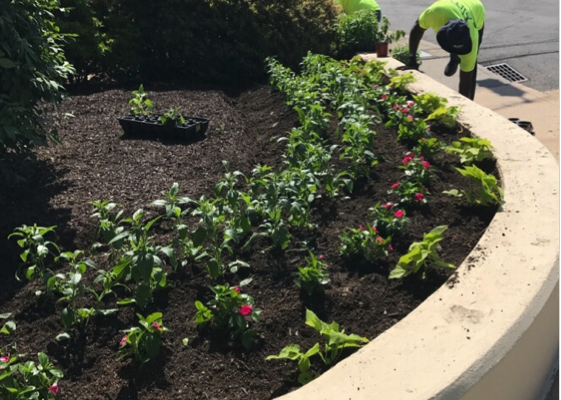Richard “Ricky” Bevilacqua has been named ELM’s Director of Organizational Development.
In this newly created position, he will be responsible for overseeing ELM’s administrative function, creating and implementing ELM’s next generation operating practices, and driving strategies to digitally reimagine the way ELM does business.
“Employees want to work for digital leaders and customers seek businesses that have taken their game to a higher level,” said Bruce Moore, Jr., Vice President, Operations. “As ELM matures, we’re transforming our business for competitive advantage and leading this commitment from the top,” he added.
Ricky joined ELM in 2013, and has a dozen years in the green industry working in a variety of roles. He is a Certified Landscape Professional and an Advanced Snow Manager. “Ricky’s career trajectory, from local garden center to having a seat at the table, shows what can happen when people energize their careers through continuous learning,” noted Bruce.
Ricky’s one piece of advice to share with customers is to appreciate the complexities of the landscape as a dynamic thing. “Plants live, they breathe, they grow, they get sick and they die. As landscape professionals, it’s our job to make sure only the first three happen,” he says with typical good humor.
Originally from Westchester, New York, Ricky has become an avid fan of weekend life in Connecticut. His spare time finds him developing techniques and recipes to smoke meat while simultaneously, and often unsuccessfully, keeping his enthusiastic Golden Retriever, Charlie, from trying to help.
Please join us in congratulating Ricky on his well-deserved promotion.










